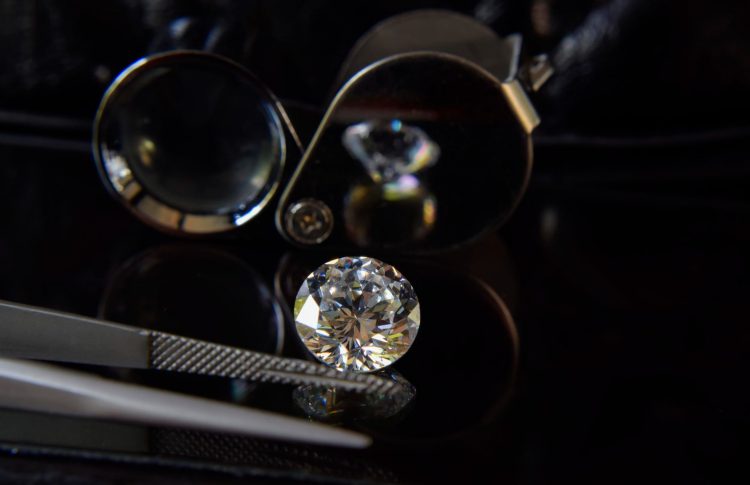Every now and then individuals in search of more value for money tend to look towards sellers who declare themselves as wholesalers which in general imply that the consumer will be buying products at the same rate that retailers buy it.
This basically means that the middlemen in the chain that link producers to end users are eliminated and this will naturally lower costs significantly. For the most part this will hold true for most products, however when it comes to industries where the product flow is controlled by a select few (close circuit products) such as diamonds the concept differs significantly and quite complicated.
Leaving contemporary wholesale and retail aside, in order to have a good grasp of ‘wholesale diamonds’ it is first important to have a clear perspective on how traditional wholesale and retail are structured.
In actual fact wholesale revolves around the purchase of goods in large quantities that are usually tax free for eventual resale by retailers. Based on this buying a single diamond directly from diamond cutters does not constitute as ‘buying wholesale’.
In the event that an end user or consumer does manage to buy a handful of loose diamonds from a diamond wholesaler which is extremely rare in the world of naturally mined diamonds there is a downside to it.
There will be no personalised professional after sales services afforded, the diamonds are non-returnable, and wholesalers rarely provide warranties or guarantees to end users. This is because the entire wholesale business structure is designed very differently than the retail business structure.
Similarly, the concept of traditional retail refers to brick and mortar stores and when it comes to diamonds, these stores are located in ‘high-end’ locations or the cream of real-estate normally referred to as diamond districts.
These stores normally have more employees than customers in most case scenarios (the extra employees are to insure ‘just in case scenarios’ for rare occasions when a few customers walk in about the same time).
All these equates to fix costs and even one customer buying a good-sized diamond engagement ring would generate a good-sized profit for these brick-and-mortar stores.
The concept of buying wholesale diamonds leans towards online platforms that do not have a retail brick and mortar component and sales employees which reduces business cost significantly and due to this reason they are able to offer loose lab grown diamonds, natural diamonds or even diamond engagement rings and other jewellery at a much lower price which allow them to declare themselves as ‘wholesalers’.
In actual fact, the diamonds are obtained by both (brick & mortar and online resellers) at the same cost, however due to the low operational business cost; online sellers are able to offer diamonds and diamond jewellery at lower prices to consumers.
Another factor that makes it difficult for brick-and-mortar diamond businesses to compete with virtual stores is inventory as they have to keep a certain amount of inventory in-store which they own and when this inventory does not move, capital is tied up making it costly for such traditional jewellers to move with rapidly changing trends and fashion.





